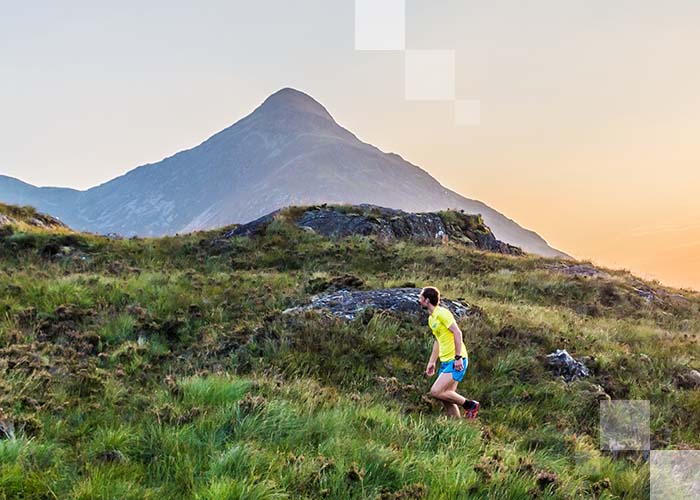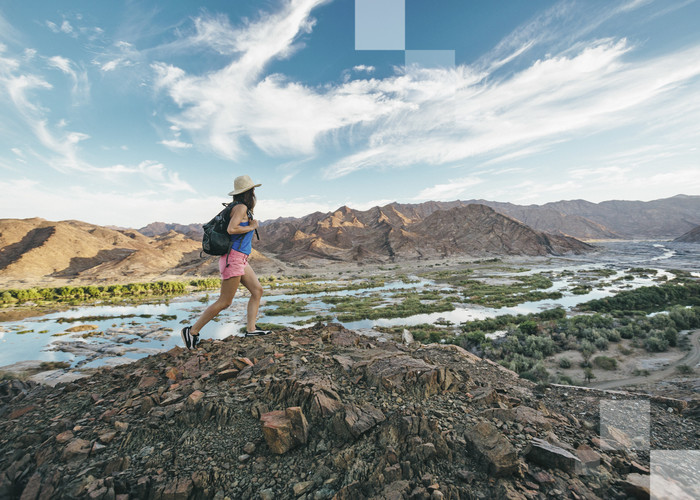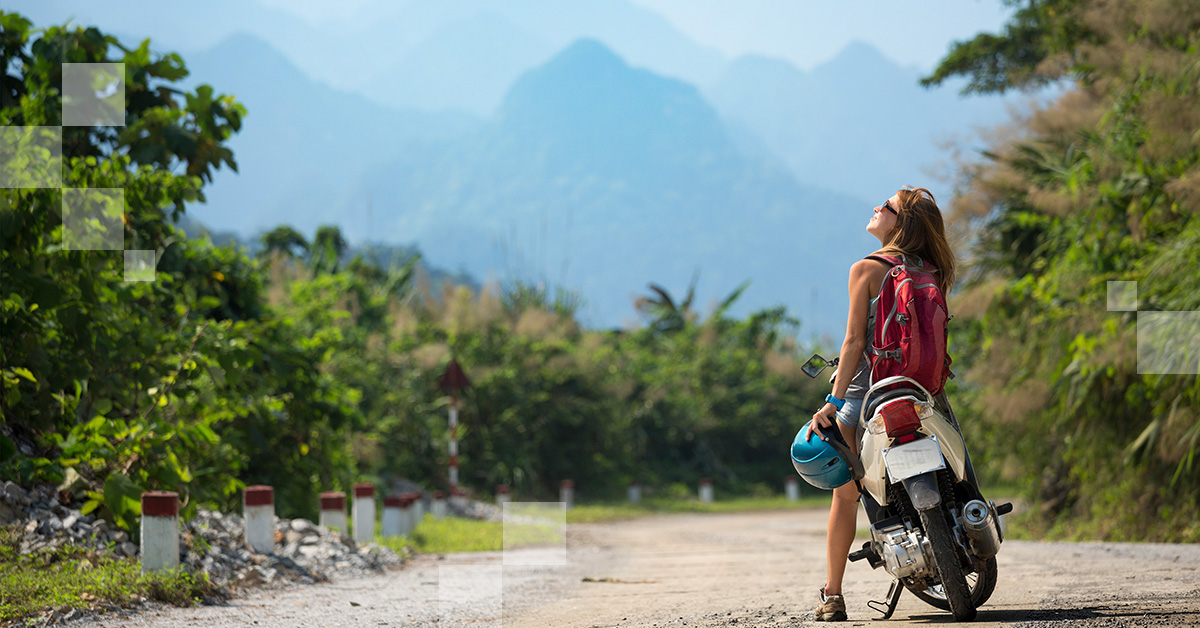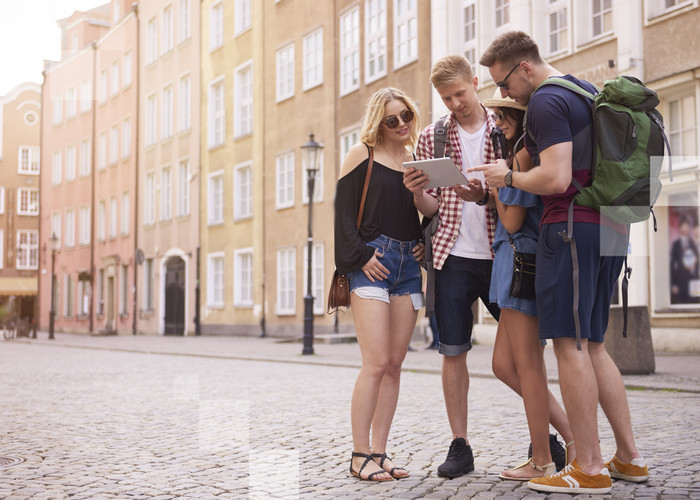Whether it’s touring the desert in Morocco, hiking in Yosemite or camping on a beach in Panama, going on an outdoor adventure is the perfect opportunity to explore a destination in a more personal way. These holidays help you realise how big and beautiful the world is, and give you the chance to connect with nature and leave all your troubles behind.
Packing for your outdoor adventure is a critical part of the journey because having the right equipment makes all the difference. It’s not about how much you pack or the price tag of your gear; it’s about packing smart and being confident that you’re taking the best first step towards your goal. We’ll help you to pack properly so you can go adventuring like a pro.
Research, research, research
First things first, research the places you’re planning to visit thoroughly. Make sure to check the weather conditions and various amenities you’ll have access to. Will it be rainy or dry season when you’re there? How many hours of sunlight will you have. Will you have electricity every day? Are there park rangers or emergency services available? Will you have access to food besides what you bring? Are there any potential allergens or health hazards specific to the region?
Answering an exhaustive list of questions like this helps lay the foundation for packing.
Think light
Packing light will not only make your trip way easier, but will also save you some money. As many airlines are changing their policies when it comes to baggage size, getting the right backpack can make a world of difference in avoiding bad surprises at the airport.
If you don’t have one already, invest in a quality technical backpack that can handle all the rigours of airline and outdoor travel because the last thing you want to worry about is a tear in your bag, or a broken zipper lining. These bags come in litre sizes, so you can pick the appropriate size for the length of your trip. You’ll want at least a 55 litre if you’ll be out for more than a few days.
Weight plays a very important role too, as you don’t want to carry way more luggage than what you might need. Take into consideration how many days you’re going to be abroad, what is absolutely necessary for the trip and what’s just nice to have. Ask yourself at least once before packing every item: Do I really need this during my trip?
Forget about fashion
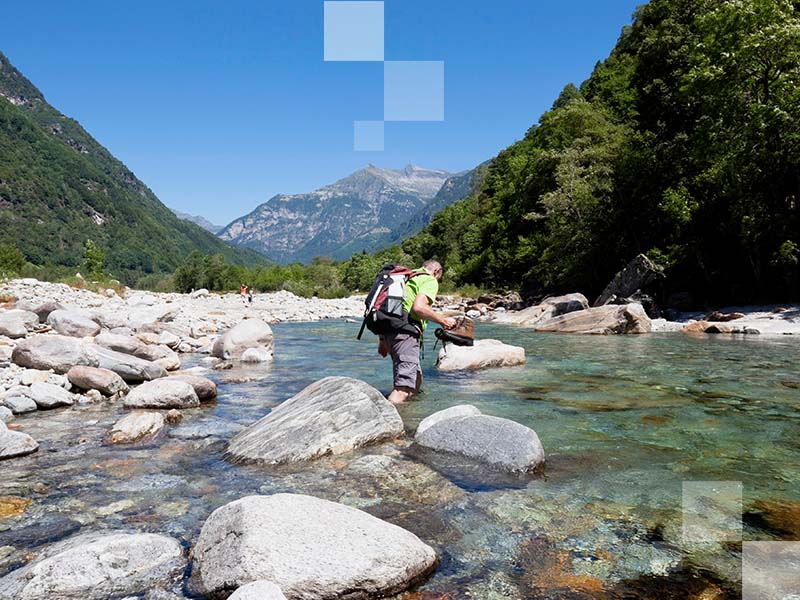
Forget about non-essential fashion, and focus on practical items for the trip. You’ll need a sturdy waterproof pair of hiking boots if you’ll be hiking for more than 5 hours a day, plus one additional pair of sneakers or sandals that you can easily put on and take off when you’re winding down in the evening. You’ll need moisture-wicking base layers like t-shirts and underwear that dry quickly, a warm jumper, preferably made of a breathable fabric like merino wool, a packable raincoat if the region is known for rain and thick socks with sock liners.
Travelling outdoors is about you and nature, so items like makeup will only take up precious space. Accessories like a hat and sunscreen are going to be way more useful than perfume or a particular shirt you love.
Be organised
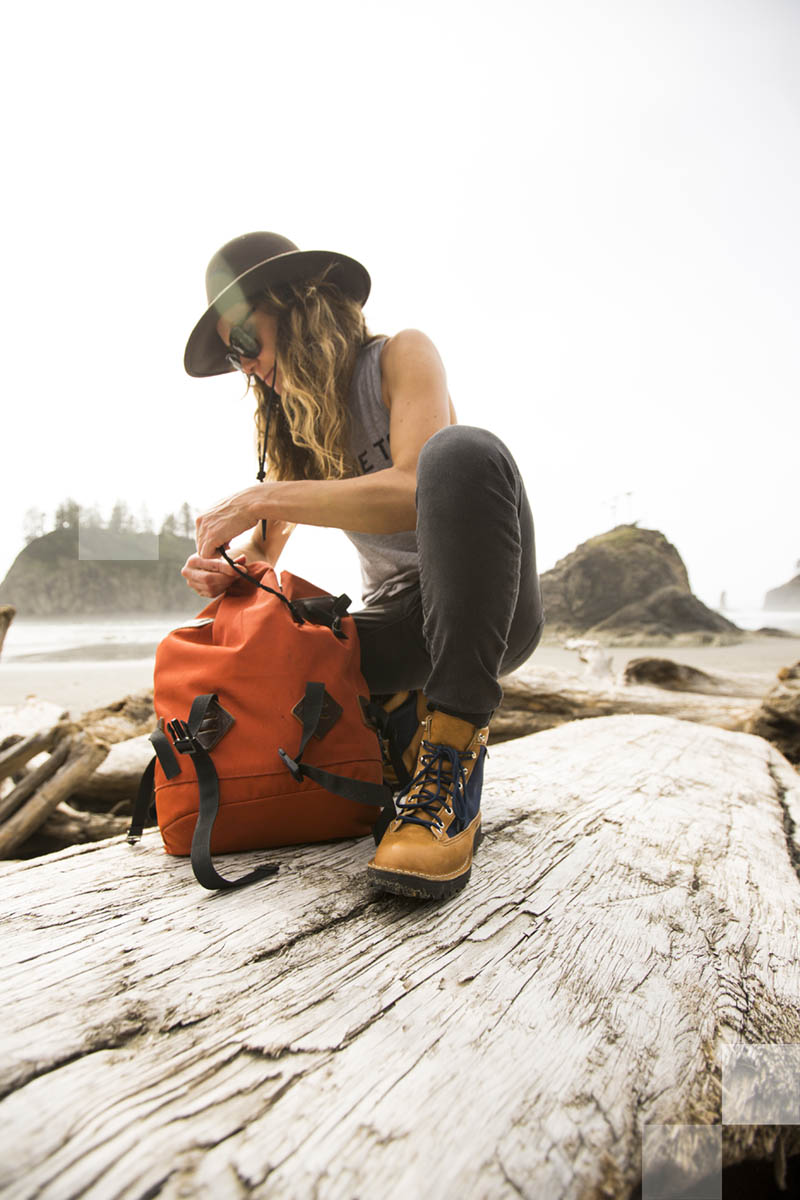
One thing to keep in mind before embarking on the daunting task of packing – be organised!
Start the packing process by creating an itemised and numbered list at least a week before your trip and then add items as you go along. Add all the items that pop into your head first and remove things as you go along because it’s better not to have forgotten anything small that might slip your mind. Help yourself out by being extremely specific and laying out what you have and don’t have on your bed or on the floor so you can see.
Once you’re ready to fill your bag, put jackets and heavy items at the bottom, and have separate pockets for an emergency kit, electronic gadgets and other important items that you need to have quick access to. Separate your dirty clothes from clean ones every day and pack the dirty ones at the bottom of the bag. As you might have heard before, rolling your clothing instead of folding it will help you save space and keep your bag more organised too.
Don’t let an emergency take you by surprise
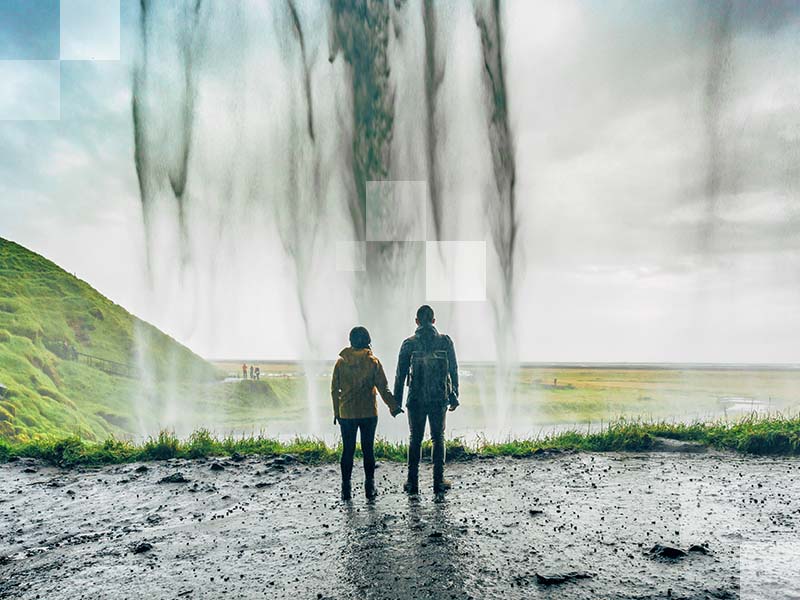
An emergency kit is a must on an outdoor holiday. However, this doesn’t mean that you need to take the whole pharmacy with you. Selecting the right items for a first aid kit shouldn’t be a nightmare or take too much time either. You can easily purchase ready-made “outdoor emergency kits” that not only contain all the necessary supplies you might need in case of an emergency but are convenient and easy to carry around.
Other practical things that will make your life more comfortable in the wild are items like a small knife, a lock, a sleeping mask, a lighter and a headlamp.
Take more than just one bag
Your main backpack is important but carrying more than just one bag will help you in many circumstances. Canvas bags are the best, as these are cheap, recyclable and easy to carry around.
Additionally, they occupy little space in your bag, last long and can be used for very diverse situations: as a bag for your dirty clothes, a shopping bag or simply for carrying around your lunch bag.
Be smart with your smartphone
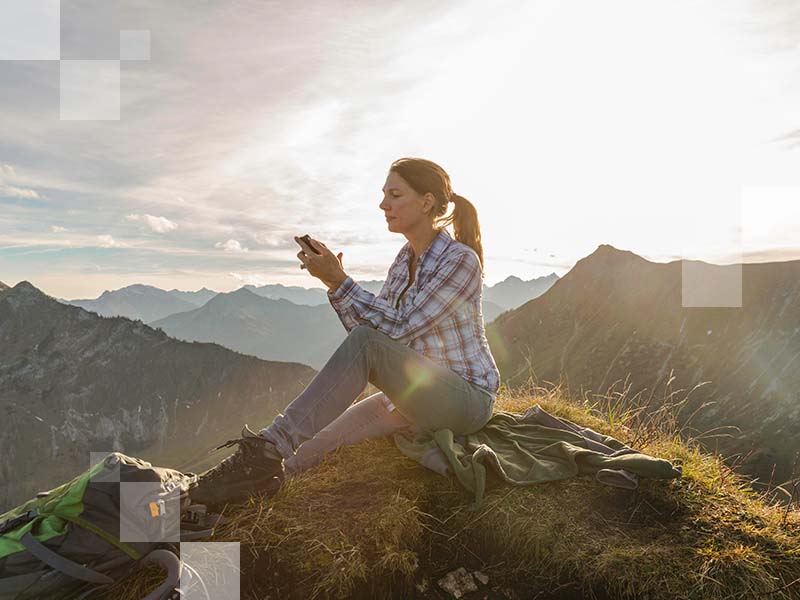
Some outdoor travellers hate it while others love it. No matter what your opinion is, you can’t argue against the usefulness of a smartphone while travelling.
It doesn’t only have to be about posting images on social media. A smartphone is a notepad, alarm, lamp, camera, phone and offline map – all in one. It doesn’t only serve as the biggest back up in case of emergency, but will save you a tonne of space – imagine if you had to pack a lamp, an alarm clock and maps.
Many national parks and other destinations have their own app as well, turning your smartphone in one of the most powerful travel guides while being abroad.
Think about the electronics
Now to the downside of smartphones. A dead smartphone is completely useless. So when creating your packing list, put power bank at the top of it. Besides keeping the battery life of your smartphone on the green side, it will also charge your camera, tablet and any other gadgets you like to travel with.
Though smartphones nowadays take better pictures than a few years ago, many people prefer taking a camera on their trips. There are many types of cameras out there; but unless you’re out on a photo project, you shouldn’t be carrying more than 1000 USD or 2kg in camera gear. Mirrorless, “micro four thirds” cameras are available from most major brands and offer an alternative for those who want high-quality photographs, but also think about weight and space.
A packing list to get you going
Laura Bingham, a British adventurer, knows a thing or two about packing. In the beginning of 2018, she embarked on an expedition to canoe the entire Essequibo River in southern Guyana. Here are some of the things she packed for this journey.
Clothing
Vivobarefoot Aquatic Running shoes (for wearing at night around camp)
Altberg jungle boots
Socks x 1
Undies x3
Shorts
Baggie t-shirt
String top
Warm mid layer
Down jacket
Waterproofs
Sunglasses
Sun hat
Gloves
Sleeping
DD Frontline Hammock
Medium weight sleeping bag and liner
Basha
Filming & Electrical
Canon C300 MkII, Canon 5D Mk IV, 3 x GoPro Hero 4s
Solo shot camera
Powertraveller solar panel
Powertraveller battery pack
4-way charger
Adapter
Sat phone
Head torch
Navigation Equipment
GPS
World balanced compass
Maps of Guyana
Cooking
Nuzest Good Green Stuff
Nuzest Clean Lean Protein
Firepot / Outdoor Food Dehydrated Meals
Cooking pot
Tupperware and spoon
Water filter
Fishing gear
Miscellaneous
Paracord
Speedy stitcher
Machete
File
Lighter x9
Mooncup
Medical
Athletes’ foot cream
Talcum powder
General antibiotics
Packing doesn’t have to be the nightmare it’s made to be. Just a few tips will get you a long way. No go on and have the best outdoor adventure of your life.



